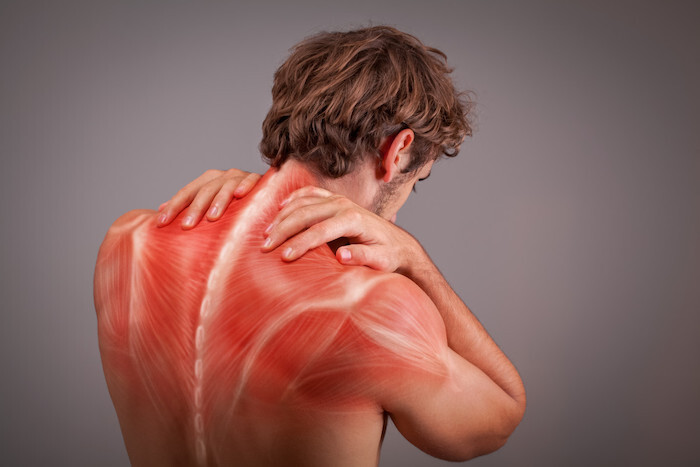
Fibromyalgia
Fibromyalgia is a condition that makes your muscles ache and feel stiff. If you have it, you may be more sensitive to pain than most people. You’ll also feel the pain all over your body, on both sides and above and below your waist. You may have fatigue and brain fog, too.
Lyme Disease
In the first 3 to 30 days after you get a bite from a tick infected with Lyme disease, you may notice muscle and joint aches along with rash, swollen lymph nodes, fever, and chills. If you have these symptoms, see your doctor. Left untreated, Lyme disease can cause your joints to get stiffer and more painful over time.
Arthritis
Arthritis comes in many forms. Many of them cause stiffness, swelling, redness, and reduced range of motion in your joints. When you can’t move your joints, the muscles around them tend to get stiff and sore. Your chance of getting arthritis goes up as you age, and you’re more likely to have certain types if they run in your family or if you injure a joint.
Rhabdomyolysis
Endurance athletes, firefighters, people in the military, and older adults who can’t get up from a fall for an extended time are at the highest risk of getting rhabdomyolysis. This rare condition causes muscle soreness, weakness, and swelling because of muscle tissue breakdown. It can be life-threatening. Certain medications, illegal drugs, muscle injury, and severe dehydration or overheating can also cause it.
COVID-19
One of the more common early symptoms of COVID-19, after fever, cough, and sore throat, is muscle pain and weakness. The more severe your case of COVID-19, the longer you may have these muscle symptoms.
Flu
The achy, sore muscle feeling you get when flu sets in is a result of your immune system’s response to the virus, not the flu itself. Though the common cold and sinus troubles can also make you ache, the muscle soreness and pain you get during the flu tend to be more severe.
Medication Side Effects
Some cholesterol-lowering drugs (like statins) come with muscle pain and damage as a side effect. They cause sore, tired, or weak muscles for about 10% to 20% of people who take them. It’s rare, but statins can cause rhabdomyolysis, a rare condition that leads to muscle soreness, weakness, and swelling because of muscle tissue breakdown.
Anemia
Though anemia (a low red blood cell count) doesn’t typically cause pain, the lack of oxygen to your tissues does make you feel weak and tired. It’s often a sign you need more iron in your blood. You may also feel cold, short of breath, dizzy, or have an irregular heartbeat and pale skin.
Multiple Sclerosis
Muscle spasticity is a common muscle symptom when you have multiple sclerosis. Spasticity is a feeling of stiffness or tightness -- spasms or long muscle contractions that happen randomly. These spasms can happen anywhere but are more common in your legs.
Low Vitamin D
You need vitamin D to function well. You get it from sunlight and the food you eat. When you don’t get enough, it can cause sore, painful joints and muscle cramps.
Lupus
Over 90% of people with the autoimmune disease lupus will have pain in their muscles and joints at some point. Around half have muscle pain as one of their first symptoms. It’s common to have muscle pain during a lupus flare.
Precision Pain Care and Rehabilitation has two convenient locations in Richmond Hill – Queens and New Hyde Park – Long Island. Call the Richmond Hill office at (718) 215-1888, or (516) 419-4480 for the Long Island office, to arrange an appointment with our Interventional Pain Management Specialist, Dr. Jeffrey Chacko.













